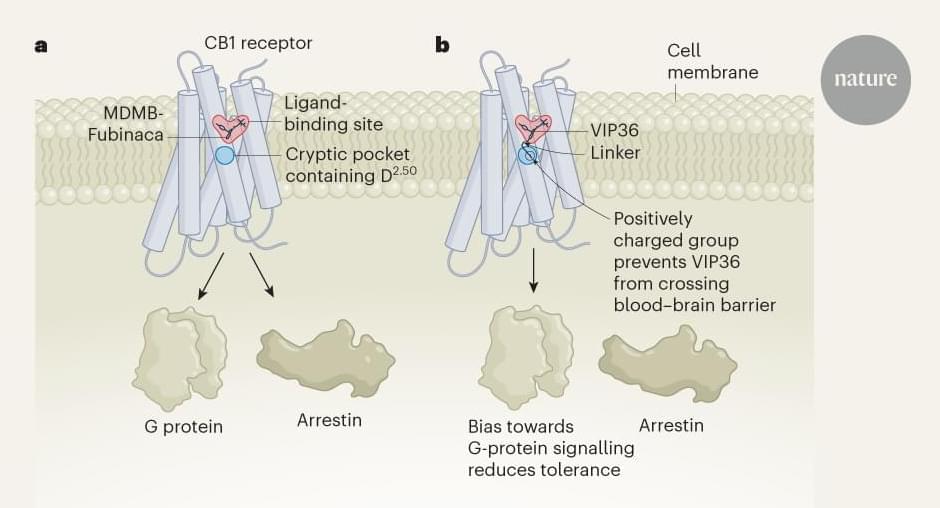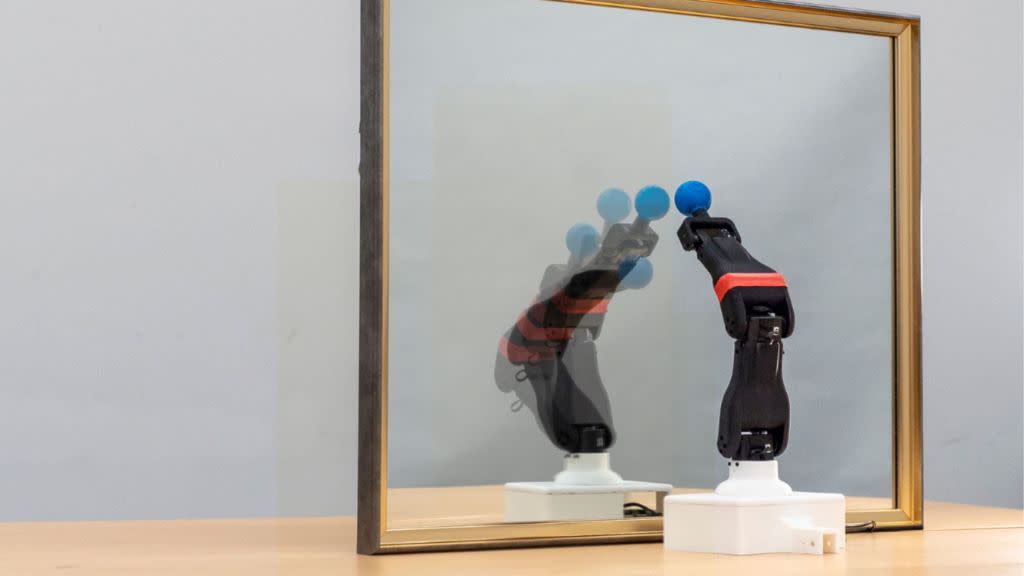Scientists headed by a team at the University of Utah Health have reported on research in mice suggesting that microbiome composition during infancy can shape development of pancreatic insulin-producing cells, leading to long-term changes in metabolism and impacting on diabetes risk later in life. The study, reported in Science by research co-lead June Round, PhD, professor of pathology at University of Utah Health, and colleagues, identified what the team describes as “a critical neonatal window in mice when microbiota disruption results in lifelong metabolic consequences stemming from reduced β cell development.”
Round suggests that understanding how the microbiome impacts metabolism could potentially lead to microbe-based treatments to prevent type 1 diabetes. “What I hope will eventually happen is that we’re going to identify these important microbes, and we’ll be able to give them to infants so that we can perhaps prevent this disease from happening altogether.”
In their published paper, titled “Neonatal fungi promote lifelong metabolic health through macrophage-dependent β cell development,” the team concluded that their results “… identify fungi as critical early-life commensals that promote long-term metabolic health …”




